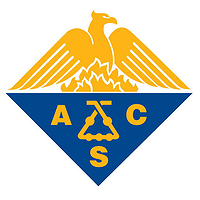alpha-Azido esters, when treated with dithiothreitol (DTT)/diisopropylethylamine (DIPEA), undergo both azido group reduction to give alpha-amino esters and C-O bond cleavage to give triazoles. The extent of triazole formation depends upon leaving group ability. Some C-O bond cleavage via triazole formation was also found to occur when a resin-bound peptide, which contained a terminal alpha-azido ester group, was treated with DTT/DIPEA. C-O bond cleavage also took place when this peptide was treated with PPh3, PBu3, or PMe3; however, in these cases, C-O bond cleavage occurred via either triazole formation and/or hydrolysis of the ester bond in the iminophosphorane intermediate to give betaines. The mechanism that dominated for C-O bond cleavage depended upon the phosphine that was used for azido group reduction. C-O bond cleavage during reduction of the azido group in the peptide was minimized by performing the reduction with PBu3 in the presence of a symmetric anhydride derived from an amino acid in dry THF followed by the addition of water. Surprisingly, these conditions provided the amine as the major product, while the expected amide was formed as a minor product. These conditions were employed in an improved synthesis of an analogue of the cyclic lipodepsipeptide antibiotic daptomycin.

alpha-Azido Esters in Depsipeptide Synthesis: C-O Bond Cleavage during Azido Group Reduction
Review badges
0 pre-pub reviews
0 post-pub reviews